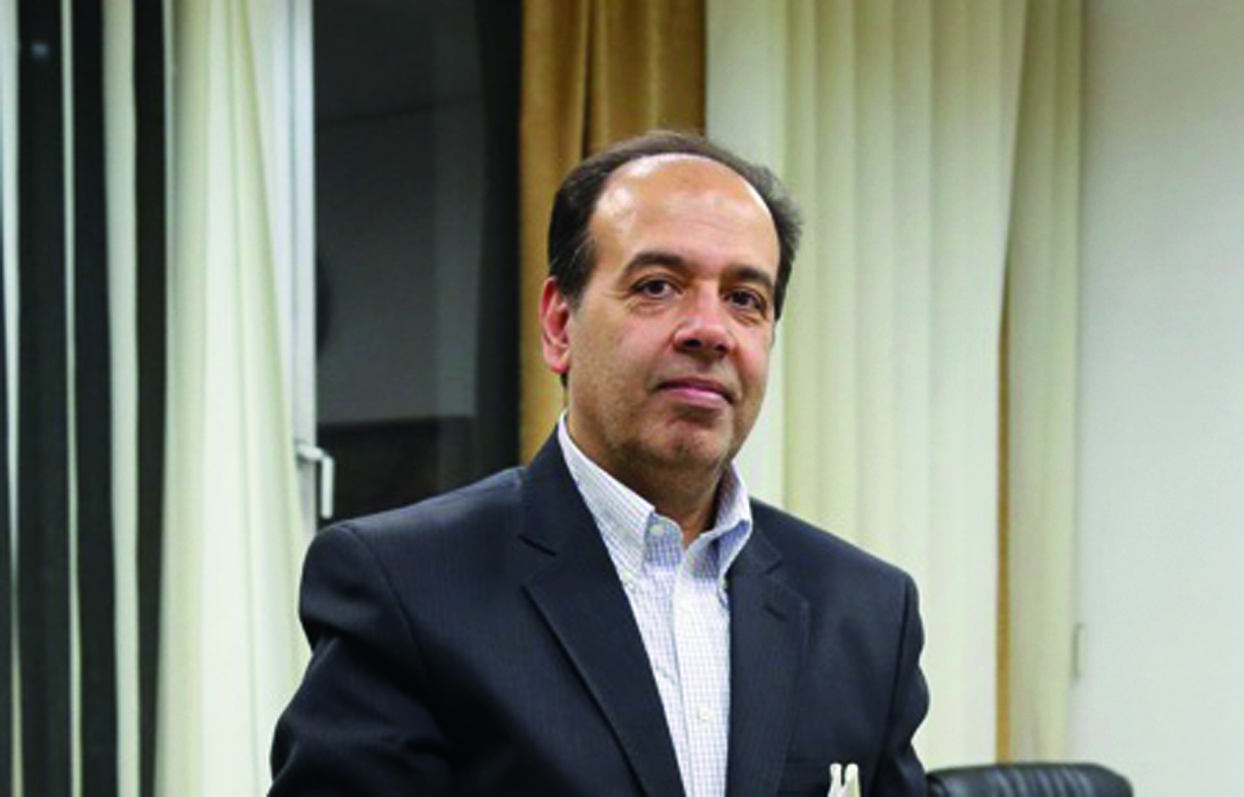The flawed management of foreign exchange market in Iran has led to damaging consequences for Iran’s economy, a former president of Iran Chamber of Commerce, Industries, Mines and Agriculture said.
Mohsen Jalalpour also likens currency intervention policies to a vicious circle, which have prevailed over the past four decades, wasting the country’s resources, roiling the markets and having an adverse impact on the economy.
This is not the first time the Iranian rial has registered an unprecedented decline against foreign currencies in a week, Jalalpour said in a write-up for the Persian daily Donya-ye Eqtesad. Excerpts follow:
Over the past month, foreign currencies followed a bullish trend in Tehran’s foreign exchange market and prompted the rial to fall to record lows.
Economists have time and again warned against the unsustainable manipulation of the currency over these years, but the question is who gets hurt and who reaps the benefits from this vicious circle?
An example might help demonstrate the disadvantage of currency intervention policy.
Imagine an economic player who has a manufacturing unit. A 20% annual increase in inflation rate would translate into a 20% rise in all production costs of the manufacturer. His product has now lost 20% of its competition power.
If the value of foreign currency gained from exports increases in line with local inflation rate and the average inflation rate of other countries, the producer could supply his product to foreign markets as before. The same goes for local markets.
Before the increase in inflation, foreign products did not have the power to compete with domestic products, while now with a 20% rise in the end-price of local products and stability of currency rate, they would easily capture the Iranian market.
Now two more eventualities await the economy. Firstly, there will be no more foreign currency in the absence of exports by the manufacturing unit, which reduces the supply of the country’s foreign currency. On the other hand, foreign currency is needed for imports.
The slowdown in the manufacturing unit would lead to its bankruptcy, snowballing problems even for other business enterprises who worked with that enterprise. Consequently, the manufacturer will struggle to service its loans.
Additionally, demand for the product remains unchanged in the market. In the absence of local producers, low quality Chinese counterparts would enter the market and gradually replace domestic products.
Some importers also exploit the opportunity to profit from cheap imports. When local production hits rock bottom, imports dominate the market.
In the meanwhile, the government has to allocate foreign currency at preferential exchange rates for imports. The difference in foreign currency rate encourages rent seeking behaviors on the part of importers, and that’s only a part of the corruption generated by this vicious circle.
Factory closures, declining jobs and loan delinquencies are significant ramifications of this defective system.
What if the foreign currency rate is adjusted to economic realities like the inflation rate? The manufacturing enterprise would maintain its competitive power, expand and secure currency inflow for the country.
When demand for imports and foreign currency declines, the supply of foreign currency outweighs demand and gradually the market restores equilibrium and the price of foreign currency decreases. This is the market’s normal mechanism that can improve employment and prevent social disorder.
Now it is up to the policymakers. Which one is preferable: artificial stability of currency rates or coming to terms with economic realities?


